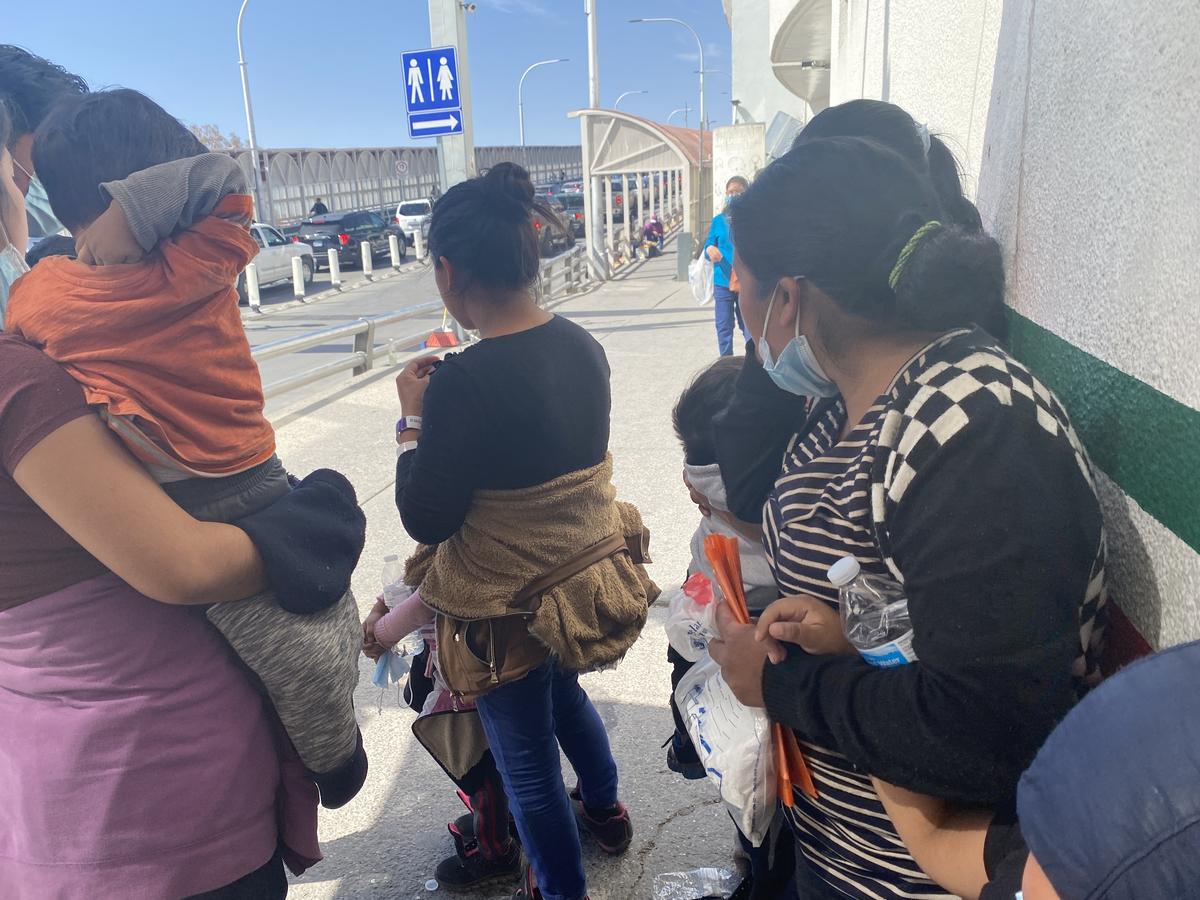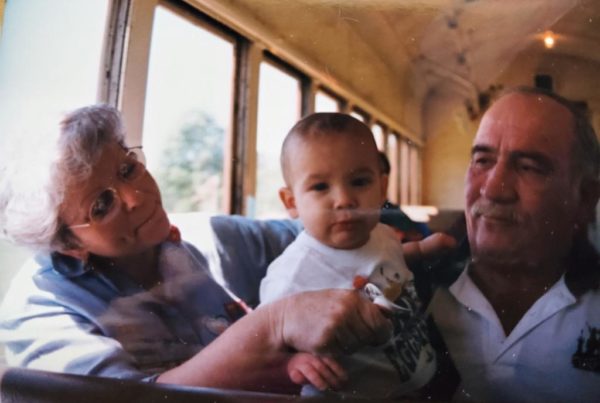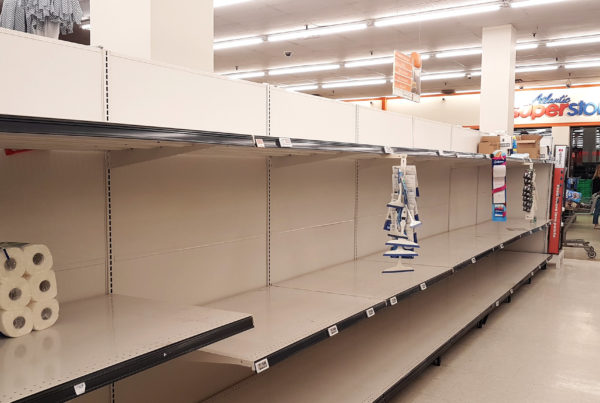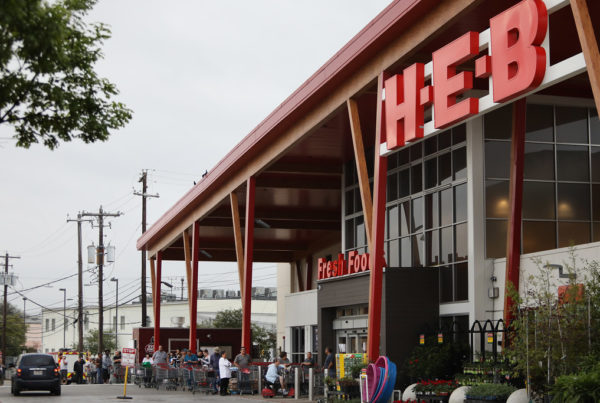From KTEP:
The Biden administration is grappling with a huge logistical and humanitarian challenge on the Southwest border, where about 5,000 unauthorized migrants are crossing on average every day.
About half of the migrants are allowed to stay in the U.S. and ask for asylum, and the rest are turned back to Mexico, according to a senior Border Patrol official who spoke on condition of anonymity to reporters on Friday.
But now there’s a new wrinkle: Some areas on the border in Mexico are refusing to take the migrants back, so U.S. authorities are flying them to where Mexican officials will accept them.
That’s led to confusion for families dropped off on the busy Paso del Norte International Bridge connecting El Paso, Texas, and Ciudad Juarez, Mexico, including about 40 migrants ushered across the borderline to the Mexican side by U.S. immigration agents one day last week.
“I’m with my wife and two daughters,” says Jerry Oyedo, 25, a father from Honduras whose girls are ages 6 and 8. “We crossed the river on our own, and the Border Patrol grabbed us. We were in custody for three days, and then they tossed us over here.”
“We don’t know anyone; we don’t have family. Only God is with us,” he adds.
Multiple people in this dazed, disheveled group of mostly parents with kids from Central America asked this reporter where they had been taken. Those with cellphones made frantic calls, trying to speak loudly above the chorus of crying of children
The group was more than 800 miles from where they had originally crossed the U.S.-Mexico border into South Texas a few days earlier. They say they were put on a plane but not told where they were going. They landed in El Paso, were bused to the international bridge and returned to Mexico.
As Oyedo asks to borrow a cellphone to call relatives in Georgia, his 8-year-old daughter crouched down and vomited on the pavement. A street vender on the bridge watching the scene hands out free water for the children. A mother sits on the ground outside Mexico’s immigration office and breast fed her baby.
“There’s no space in the shelters, says Daniel Martinez, a worker with the Bienestar federal agency in Mexico. “We want to help all of them because we see the situation with the families, but we have to prioritize women with children.”
Bienestar is charged with helping vulnerable Mexican families but now also provides migrant aid. Martinez and two co-workers tried to calm these migrants and convince them to leave the bridge.
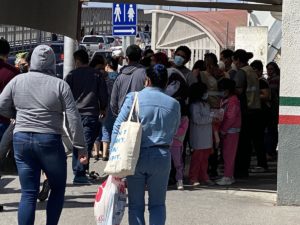
A group of migrant families from Central America stand on the Mexican side of the Paso del Norte International bridge connecting El Paso and Ciudad Juarez March 20 after being expelled from the United States.
Mexico is struggling to handle the large number of Central American families quickly expelled after crossing into the U.S. under Title 42, a health order meant to stop the spread of the coronavirus.
In the state of Tamaulipas, Mexico, which borders South Texas, Mexican authorities have stopped accepting families. In recent weeks, migrants in Border Patrol custody in the Rio Grande Valley have been flown to El Paso. Many are then expelled to Ciudad Juarez.
Daily flights carry hundreds of migrants from one end of Texas to the other, according to the Border Patrol.
“Our priority is to process them and expel them into Mexico under Title 42; however, we work very closely with the Government of Mexico, and they also have capacity issues that we have to consider,” Gloria Chavez, U.S. Border Patrol chief in El Paso, said in a statement.
The Border Patrol is working with Ciudad Juarez to manage the number of people sent to that border city.
“We were tricked,” says Suri Maldonado, a 27-year-old mother who traveled from Guatemala with her toddler and crossed into South Texas last week. Back home in Guatemala, she says she heard that the U.S. border was open.
“Then we get here,” Maldonado says, “and they’re sending everyone back — mothers with kids, everyone.”
She was among the migrants flown to El Paso and sent to Ciudad Juarez recently. Others in the same group that was expelled also had heard the border was open before setting off. Most paid what they refer to as “guides,” which are actually smugglers, to get them to the U.S. border.
Misinformation is helping to spur this surge in migration from Central America as smuggling networks reassure people looking to make the trek north.
“You’re going to be able to get in; this is exactly what they are telling them,” says Guadalupe Correa-Cabrera, an expert on organized crime and immigration at George Mason University. “We have been monitoring social media outlets, such as WhatsApp, Facebook, Instagram.”
The Biden administration has tried to counter that narrative with radio ads in both Spanish and indigenous languages, telling would-be migrants in Central America that the border is closed because of the pandemic and warning them not to “put their families at risk.”
But critics say it’s a mixed message because the administration is allowing migrant children and some asylum seekers to cross.
Meanwhile, smugglers are aggressively marketing to Central Americans who are desperate to escape poverty, violence and corruption in their home countries. The smugglers show them testimonials from people who say they reached the U.S. and are doing well.
“Social media allows people to know that others have been able to make it, and this is the selfie. I am here. I am in the States. I’m in this city,” Correa Cabrera says.
But there are no selfies by migrants stranded on the Paso del Norte International Bridge — like Ana Vasquez and her 5-year-old son, Rudy. She says she fled El Salvador after gangs killed her husband when they could not pay an extortion fee.
“They killed him, and now what am I and my son supposed to do?” she asks tearfully.
Vasquez says she was turned away by U.S. officials after she crossed into El Paso a couple of weeks ago. She came back to the bridge to see if Mexican authorities could help her find a temporary shelter. She had been living on the streets in Ciudad Juarez with her son, relying on her faith and the kindness of strangers who gave her snacks for her son.
“I know God is great, and there are always good people on our path,” Vasquez says.
But her 5-year-old is impatient, she says. “He keeps asking, ‘Mama, when can we go home?’ ”


